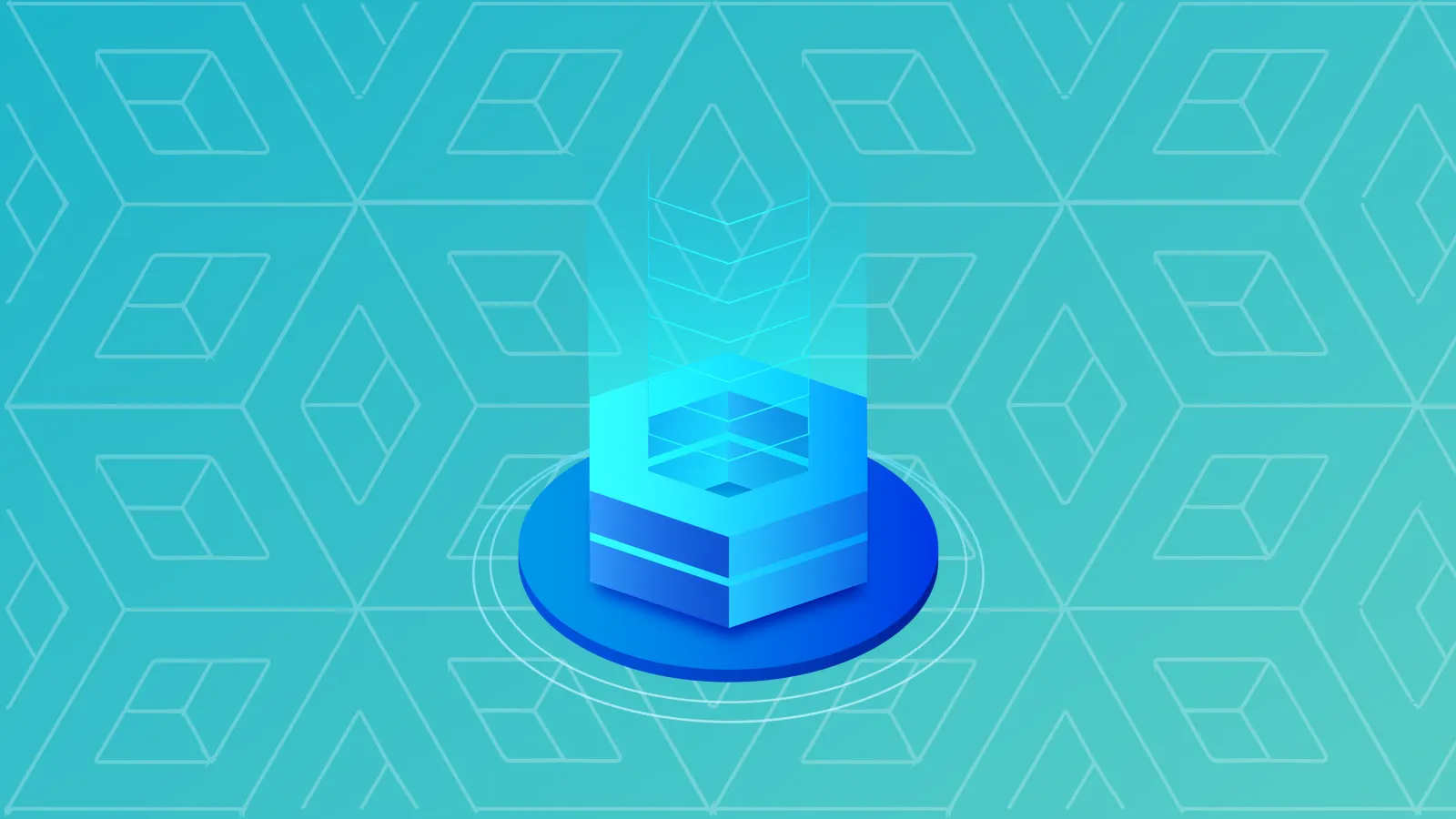Blockchain technology is powerful but has a fundamental limitation: it cannot access real-world data on its own.
Smart contracts, essential to many blockchains and decentralized finance applications, rely on external data to function. This is where “oracle networks” like Chainlink come in. Oracles enable smart contracts to securely pull data from a wide range of information sources, instead of relying on a single provider.
Over 14 blockchain ecosystems are compatible with Chainlink, including Ethereum, Avalanche, Polygon, and BNB Chain. Through these integrations, over 1,600 projects are using Chainlink’s technology as of 2025.
Chainlink co-founder Sergey Nazarov has been outspoken about the project's decentralization, claiming in September 2023 that only Bitcoin, Ethereum, and Chainlink are “meaningfully decentralized,” meaning they operate without a single point of control, reducing the risk of censorship, manipulation, or failure. This level of decentralization is important for ensuring trust in blockchain-based systems, especially smart contracts.
In this article, we will look into Chainlink and decentralized oracle networks.
What is Chainlink?
Launched in 2017 by Sergey Nazarov and Steve Ellis, Chainlink is a decentralized oracle network that connects blockchains to real-world data.
Instead of relying on a single source, which can be inaccurate or vulnerable to attacks, Chainlink aggregates data from over 900 independent oracles, cross-referencing and checking the information from multiple sources to ensure accuracy and security. Information from the various nodes is collected, cryptographically signed, and verified using reputation systems, service-level agreements, and consensus mechanisms.
Chainlink tracks node metrics like successful jobs, clients served, and average response time. Nodes are also evaluated based on availability, response speed, and correctness.
The network is powered by its native cryptocurrency, called LINK, which compensates node operators and secures the system through staking.
While Chainlink is the most widely used oracle network, other projects are also developing decentralized oracle projects, including Band Protocol, API3, and Pyth Network, each with different data sourcing and decentralization approaches. Chainlink positions itself as a broad network of independent node operators with deep integration across blockchain ecosystems.
One early and interesting real-world example of Chainlink's usage occurred in 2021 when the Associated Press utilized it to securely automate election results, sports outcomes, and financial reports for over 15,000 outlets, verifying their authenticity with cryptographic signatures. Since 2020, the AP has employed blockchain technology to publish so-called tamper-proof news.
Chainlink and smart contracts
Smart contracts automatically execute digital agreements when conditions are met, but blockchains cannot independently access real-world data.
Chainlink solves this by bridging decentralized networks and external information, enabling smart contracts to use real-time data like stock prices, weather updates, or sports scores.
For example, an oracle could verify the winner from trusted sources if you used a smart contract to bet in a prediction market on the 2025 Super Bowl. If correct, the contract would automatically pay out your winnings.
How does Chainlink work?
- A smart contract requests data from Chainlink (e.g., “What’s the current price of Bitcoin?”).
- Chainlink aggregates data from oracle nodes on the network to determine the final output.
- The chosen oracles retrieve the required data.
- Chainlink analyzes the data from multiple sources to ensure accuracy.
- The verified data is sent back to the smart contract.
What is the LINK token?
- Chainlink (LINK) is the cryptocurrency that powers the Chainlink network.
- LINK launched on September 16, 2017.
- It has a maximum supply of 1 billion tokens.
- LINK Tokens are used to pay node operators for providing and retrieving data.
- Holders can stake LINK to help secure the network.
- Chainlink reached an all-time high of $52.70 on May 10, 2021, and was trading at around $17.20 in mid-February 2025.
Chainlink timeline
Here are the most significant milestones in Chainlink's history:
- 🔍 2014: Chainlink Labs is founded by Sergey Nazarov and Steve Ellis under the name SmartContract Ltd.
- 📜 September 2017: Chainlink conducts an Initial Coin Offering (ICO), raising $32 million.
- 🤝 November 2018: Chainlink acquires TownCrier, a technology developed by IC3 (Initiative for CryptoCurrencies and Contracts) that connects smart contracts.
- 🔗 May 2019: Chainlink's mainnet launches on Ethereum, enabling smart contracts to interact with real-world data securely.
- 🏦 2020: Chainlink integrates DECO, a verification protocol developed at Cornell University.
- 🧠 April 2021: Chainlink Labs publishes its "Chainlink 2.0" white paper outlining plans for hybrid smart contracts.
- 📡 July 2023: Chainlink's Cross-Chain Interoperability Protocol (CCIP) went live for early access users, facilitating cross-chain applications on multiple blockchains.
- 💲 September 2023: Coinbase Layer-2 network Base integrates Chainlink’s price feeds.
- 🏦 November 2024: World Liberty Financial (WLFI), a DeFi project linked to U.S. President Donald Trump, adopts Chainlink’s Ethereum Price Feeds.
- 🤑 January 2025: Ripple partners with Chainlink to enhance the RLUSD stablecoin’s DeFi integration.
Chainlink use cases
- 📦 Supply Chain Management: Chainlink enables secure data exchange by improving resource tracking and automating workflows.
- 💼 Insurance: Chainlink automates claims processing via smart contracts, supports parametric insurance (auto-payouts based on real-world data), and enables insurers to monetize data.
- 🎮 Gaming & Esports: Chainlink allows game developers to manage in-game assets and provides verifiable randomness for features like loot drops and matchmaking.
- ⛅ Weather Prediction: Chainlink can provide tamper-proof real-time environmental data for improved weather forecasting.
- 💱 Decentralized Finance (DeFi): Chainlink can deliver accurate price data for decentralized exchanges.
The future of Chainlink
Chainlink aims to strengthen its role in connecting the worlds of DeFi and traditional finance.
“The challenge in 2025 will be to continue building what the DeFi community needs, ensuring that Chainlink's market share and adoption in the public chain DeFi space keep growing as they have in recent years,” Nazarov said in an January 2025 video posted on Chainlink’s YouTube channel. He added that, “maintaining the high level of security that Chainlink has upheld for over five years remains a priority.”
As Chainlink continues to evolve, Nazarov said its success will depend on seamlessly integrating with traditional financial systems and expanding institutional adoption.
“We’re already very well on our way, thanks to our great work as a community in previous years,” Nazarov said. “2025 is going to be the year where we’re going to see a lot of that great work come to fruition with very valuable, high-end, high-quality institutional use cases.”
This article was updated in February 2025.


